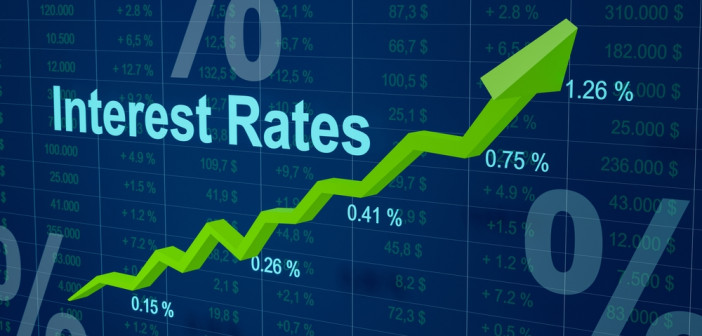A widely followed measure of inflation rose in April, though the pace of the annual increase provided some hope that the cost of living will head lower later this year.
The consumer price index, which measures the cost of a broad swath of goods and services, increased 0.4% for the month, in line with the Dow Jones estimate, according to a Labor Department report Wednesday.
However, that equated to an annual increase of 4.9%, slightly less than the 5% estimate and the lowest annual pace since April 2021. The annual rate was 5% in March.
Excluding volatile food and energy categories, core CPI rose 0.4% monthly and 5.5% from a year ago, both in line with expectations.
Increases in shelter, gasoline and used vehicles pushed the index higher, and were offset somewhat by declines in prices for fuel oil, new vehicles and food at home.
Markets reacted positively to the news, with futures turning positive as Treasury yields were lower.
“Today’s reports suggests that the Fed’s campaign to quell inflation is working, albeit more slowly than they would like,” said Quincy Krosby, chief global strategist at LPL Financial. “But for financial markets … today’s inflation print is a net positive.”
Inflation has been persistent despite the Federal Reserve’s efforts to bring down prices. Starting in March 2022, the central bank has enacted 10 consecutive interest rate increases totaling 5 percentage points, taking benchmark borrowing rates to their highest level in nearly 16 years.
The CPI reading has cooled considerably since peaking out around 9% in June 2022. However, inflation still has held well above the Fed’s 2% annual target.
The report provides both good and bad news on the inflation front as Fed officials weigh their next move on rates.
Shelter costs, which make up about one-third of the CPI weighting, increased another 0.4% on the month and are now up 8.1% from a year ago. The monthly gain represented a step down from previous months’ increases but was still indicative that a key inflation driver is rising.
With housing costs projected to decline, the Fed is focusing on “super core” inflation, which excludes food, energy and shelter. That measure rose 0.4% for April and was up 3.7% from a year ago. The monthly gain was slightly higher than the 0.3% in March while the annual pace was unchanged.
At the same time, the 4.4% jump in prices for used cars and trucks reverses recent declines. Food prices, though, were flat while the energy index rose 0.6%, boosted by a 3% gain in gasoline.
Of the six grocery store indexes the Bureau of Labor Statistics uses to compute food prices, four showed declines. Milk, for instance, fell 2%, the biggest monthly drop since February 2015. Egg prices, one of the biggest gainers in the food index over the past year, fell 1.5%, taking the annual gain down to 21.4%.
For workers, real average hourly earnings, adjusted for inflation, rose 0.1% for the month but were still down 0.5% from a year ago, the BLS said in a separate report.
Following the reports, traders lowered the odds that the Fed would raise interest rates at the June meeting to 20%, according to the CME Group’s FedWatch tracker of pricing in the fed funds futures market.
The CPI reading comes just days after the BLS reported that nonfarm payrolls increased by 253,000 in April, above expectations and indicative that the labor market is still hot despite Fed efforts to cool demand.
In approving its latest rate hike last week, the Fed removed an indication that future increases are warranted and instead shifted to language saying that decisions will be based on incoming data.
The Labor Department on Thursday will release the April producer price index, a gauge of wholesale prices on final demand goods and services. That report is expected to show a 0.3% headline increase and a 0.2% core gain.




